| Author: | | New Member Registered: October, 2009 Location: The Worlds Only Portable City - Complete with Carrying Handle Posts: 2 | | Review Date: January 19, 2022 | Recommended
| Rating: 9 |
| Pros: | Very Unique Rendering, Outstanding Background | | Cons: | It's almost 70 years old | | Sharpness: 9
Aberrations: 8
Bokeh: 10
Handling: 8
Value: 7
Camera Used: Panasonic G9
| |
Things are not always as we have accepted them;
1903 Hans Harting from Voigtlander launched it as the Dynar, it was considered far superior to the Tessar. Then later Voigtlander (1919) revived it with the name Heliar which was considered more appealing than Dynar. This information comes from a book called “A history of the photographic lens” by Rudolf Kingslake.
Remarkable is the Asahi-Kogaku Takumar M37 version of a Large Format lens design, incredible feat as I see it. I own the "lollipop" version and the Texas made ring collar 37mm to 42mm using a focusing type m42 adapter. Amazing on m4/3, find a subject then use this lens to add a back drop it will create for you. It's like that, the background matters as much as the subject using this lens...or at least your attention should?
| | | | | | | Junior Member Registered: November, 2016 Posts: 49 | | Review Date: December 17, 2017 | Recommended
| Rating: 10 |
| Pros: | Sharp, small, very well constructed | | Cons: | Preset, m37 requires at least one adapter, or two for more recent cameras | | Sharpness: 10
Aberrations: 10
Bokeh: 8
Handling: 7
Value: 10
Camera Used: Canon 5Dii
| |
I have copied this post from the Asahiflex collecting post: https://www.pentaxforums.com/forums/8-pentax-film-slr-discussion/340584-asah...cting-gem.html.
I have recently posted on my blog tests of the Asahi-Kogaku Takumar 58/2.4. In that post I compare it also with shots from an SMC Takumar 55/1.8 and Helios-44-2 58/2. The post is here if you want to see how it stacks up to those lenses: Asahi-Kogaku Takumar 58mm f2.4 Lens Test | burnt embers
Below are the 58/2.4 images from that post which were made at f/16, f/5.6 and f/2.4, including same-size crops from the center and lower and upper left corners. The images were made with a full frame Canon 5Dii. The adapters included a m37>m42 inside a variety of m42>EOS adapters. There are no gaps for light leaks in this combination of adapters. I used live view full magnification to focus; the focus point was the washer on the steering post just below the nut that can be seen in the centre crop. In my post I give more details about methods and outcomes. My conclusion though is that this lens is sharper than the other two. The light is quite flat so I am can't really comment on other aspects of colour rendition, flare and so on, though in these conditions it is every bit as good as the others.
Lens information from the manual included in my Asahiflex kit:

At F/16:




At F/5.6:




At F/2.4



 | | | | | Site Supporter Registered: November, 2010 Location: California Posts: 2,223 | | Review Date: January 17, 2015 | Recommended | Price: $310.00
| Rating: 10 |
| Pros: | Sharp, small, easy to use, nice looking, adaptar is $7 | | Cons: | None | | Sharpness: 10
Aberrations: 10
Bokeh: 10
Handling: 10
Value: 10
Camera Used: k3
| |
This lens is really good. I have not experience any light leakage because of the adapter on my K5 or K3. There may be an extra little wiggle when focusing, but that is because the original M42-K adapter has does not lock, but you can account for that little wiggle when focusing. It is better than buying one of those non original Pentax adapters that do not provide infinite focusing. I love the Asahi-Kogaku Takumar lens, all four of them. It is sharp and the focal length is good for portraits on a crop sensor camera. Below are some photos taken with this lens:
 Takumar58mmf2.4-Bee4-1 by Palenquero Photography, on Flickr Takumar58mmf2.4-Bee4-1 by Palenquero Photography, on Flickr
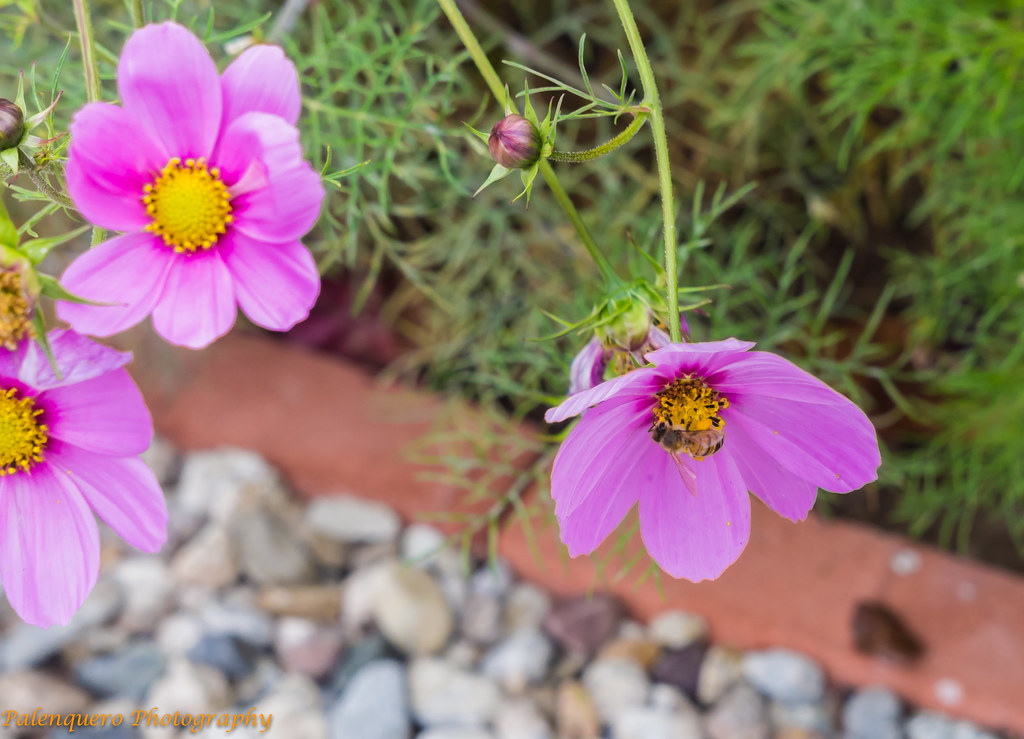 Takumar58mmf2.4-abejita1-1 by Palenquero Photography, on Flickr Takumar58mmf2.4-abejita1-1 by Palenquero Photography, on Flickr
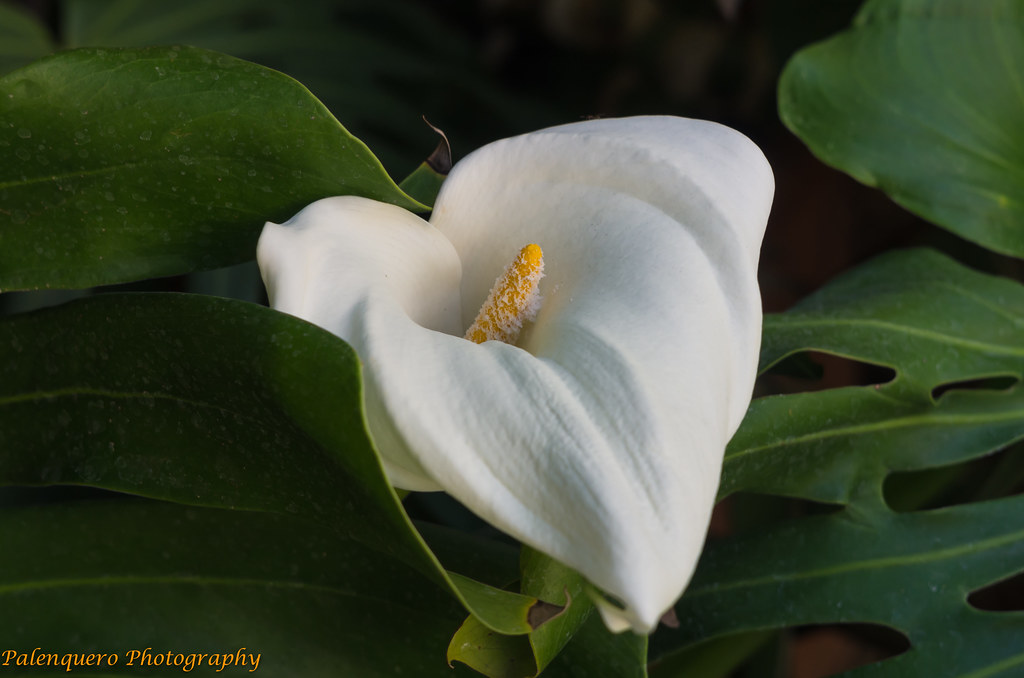 Takumar58mmf2.4-anturio1-1 by Palenquero Photography, on Flickr Takumar58mmf2.4-anturio1-1 by Palenquero Photography, on Flickr
 Takumar58mmf2.4-silvester-1 by Palenquero Photography, on Flickr Takumar58mmf2.4-silvester-1 by Palenquero Photography, on Flickr
 Takumar58mmf2.4-red11-1 by Palenquero Photography, on Flickr Takumar58mmf2.4-red11-1 by Palenquero Photography, on Flickr
 Asahiflex Takumar 58mmf12.4@f2.4-LaFuente by Palenquero, on Flickr Asahiflex Takumar 58mmf12.4@f2.4-LaFuente by Palenquero, on Flickr
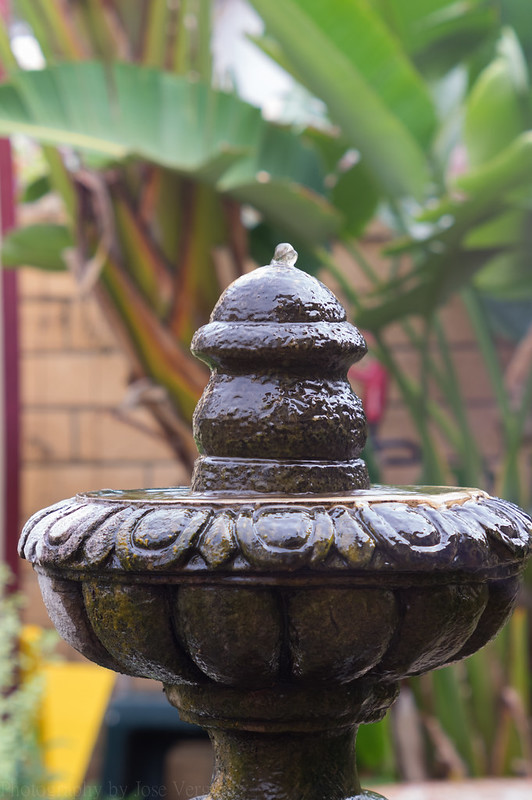 Asahiflex Takumar-LaFuente by Palenquero, on Flickr Asahiflex Takumar-LaFuente by Palenquero, on Flickr
| | | | | Veteran Member Registered: October, 2012 Location: Colorado Posts: 1,437
2 users found this helpful
| | Review Date: September 15, 2014 | Recommended | Price: $74.50
| Rating: 5 |
| Pros: | small lens, fast for size, perfectly circular aperture at any stop, stepless aperture, pre-set ring to prevent over-stopping-down, generally good functionality | | Cons: | Small aperture ring, aperture ring is the wrong spot, doesn't cover gaps in M42-K adapters so light leaks on K bodies | | Sharpness: 4
Aberrations: 9
Bokeh: 6
Handling: 10
Value: 6
Camera Used: Asahiflex IIb, Pentax K-3, Pentax K-r
| |
This lens harkens from a time when lens focus calculations were done by hand by nerds with slide rules and calculation tables. I'm not kidding -- Asahi apparently developed this lens before they bought their first computer. 58mm lenses were easier to engineer by hand than were 55mm and 50mm lenses. That's why every Pentax body from the AP through at least the K line had 100% viewfinder magnification with a 58mm lens -- the viewfinders were all developed from the same basic maths that arose from the pentaprism addition to the Asahiflex bodies that resulted in the AP's creation.
Fun facts aside, this lens handles well and oddly. Using Olympus bodies and lenses, too, I'm not uncomfortable with the aperture ring being up front. In fact, I actually prefer it up there. That said, this is backwards for Pentax.
But because the aperture ring is up front, next to it Pentax could place an aperture-stop ring. Set that ring to f8, and it will stop you from stopping down further. So if you know you want to use f8 and 1/200th of a second on your Asahiflex, then simply open up, focus, stop down till you hit resistance, and take the photo knowing that it's at f8. It's a GREAT system and it's kind of sad Pentax did away with it later on. Seeing as how this is the smallest Pentax lens I own, by far and away, I don't think there's a valid argument to be made for this system making the lenses too large.
Speaking of the aperture, it's completely stepless. You can set it to any stop, fractional stop, or whatever that you want and take the photo. There are no detents, no clicks, and it's fantastic for it. I love stepless apertures and think that they're one of the best things a camera can have.
Also on the aperture, this has 13 aperture blades -- THIRTEEN. So the aperture opening is almost always circular all the time at any stop because of the blades' shape. And for you after-dark light-post-star nuts, thirteen aperture blades means 26-sided stars. That's enough to make your heart stop, isn't it?
And while we're on the aperture, because it isn't coupled, it's more reliable. I could not use this lens if it had a coupled aperture -- my blades are coated with oil. But because I can stop it down myself, I just do and it works and the fractional timing that coupled apertures require is a non-issue.
Having taken some digital test shots with it and recorded some video over the weekend, I'll say that this lens is a nice option for video. It renders sharply and with nice tones. It is pretty contrasty, but part of that may be the K-r's automatic video settings.
For still images, it is not as sharp as many of the Takumar line. Bear in mind, though, that it's an old lens and has a lot of other qualities to impart on an image. Up-close, this lens is very sharp (the infinity tests were less promising.) It also renders colors with good accuracy and trueness.
Since my first version of this review, above, I've had a chance to use this lens some more and with my K-3. Here's a short video I made using the 58mm f2.4:
Here's the best photo I've taken with this lens so far:

Here's a video taken later that used the same set-up:
https://www.youtube.com/watch?v=jl3nS_uw6b4
The video starts at infinity focus and moves to the closest focus. At that point it transitions from f2.4 to f22 for the blackout.
Sample photos are a different story. This lens needs an M37 to M42 adapter ring. Easy enough -- they're like $8 on eBay. And they work fine and this lens works fine on M42. So then this lens needs an M42 to K adapter with infinity focus. That's not so fine. The combination works, but the adapter rings have cutouts along the inside. With an M42 lens, no problem. With an M37 lens, huge light leak. Unless you cover the holes with your finger, the lens has almost no contrast and the image sharpness suffers immensely.
What stunned me is that this lens is optimized for f16. f16 is, by far, the sharpest aperture and f22 suffers only relatively mild diffraction softening. At f2.4 and f2.8, the lens may as well be used for pictorialism as it's not meaningfully sharper than a meniscus (that's a bit of hyperbole.) Here are some sample photos that I took with my finder covering the adapter-induced light leaks. Each is marked with the aperture (I took them in full stops).

f2.4

f2.8

f4
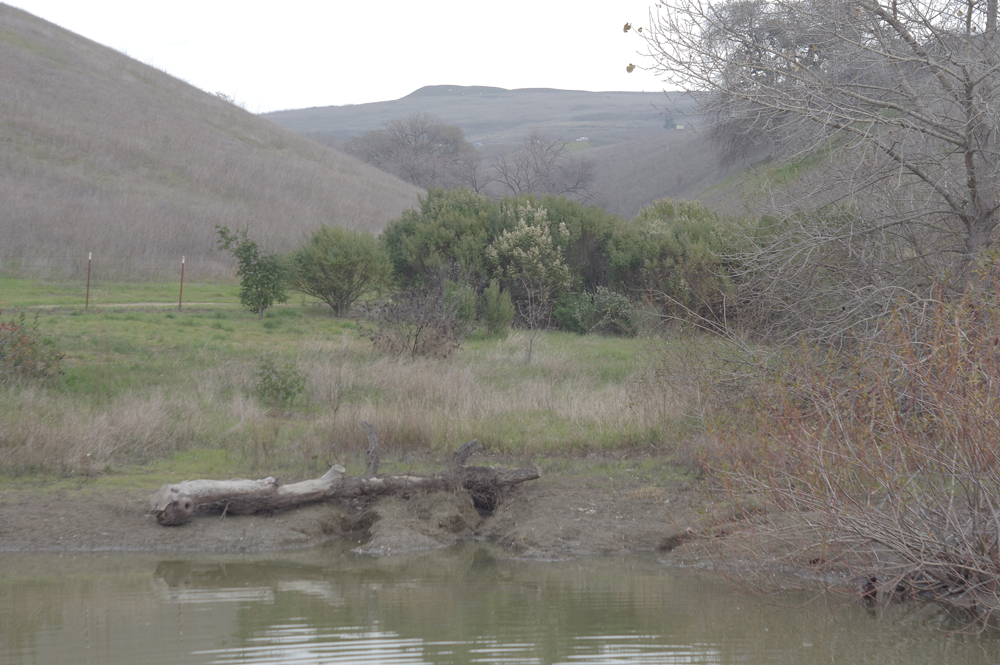
f5.6

f8

f11

f16

f22
In the same order as the full sample images, here are the central 1,000 x 1,000 pixel areas of each image. These should display at 100% on most computer monitors.

f2.4

f2.8

f4
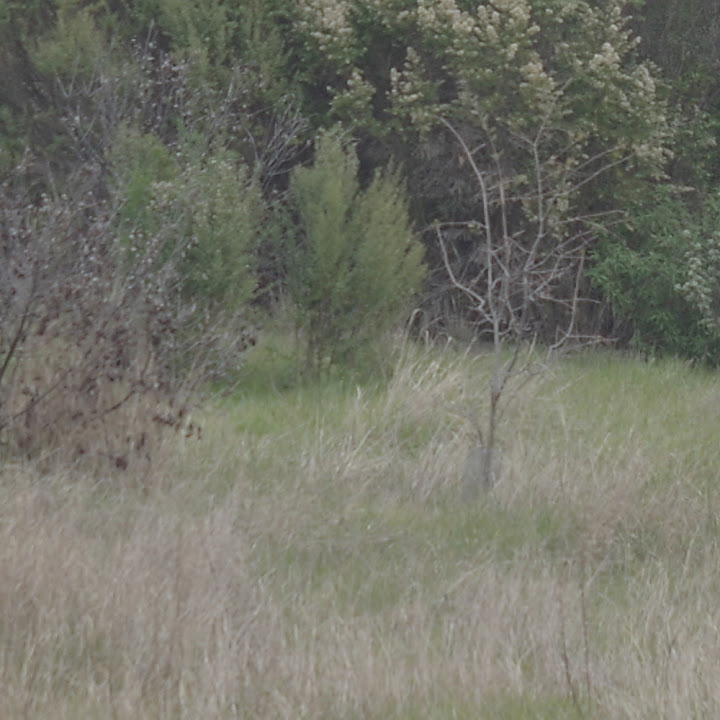
f5.6

f8

f11

f16

f22
These last images are from the lower right corner of each image. These are the lower right 1,000 x 1,000 pixel areas. As with the set above, these should display at 100% on most computer monitors.

f2.4

f2.8

f4
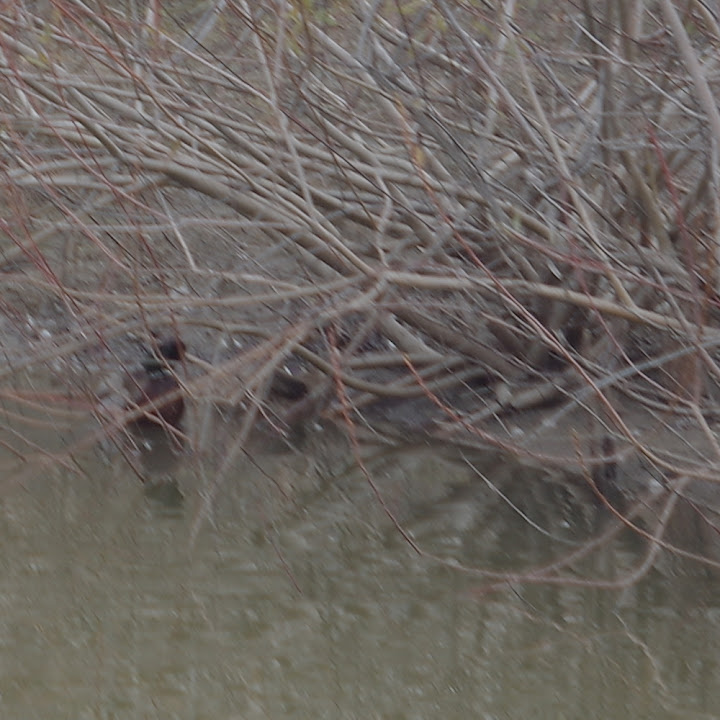
f5.6

f8
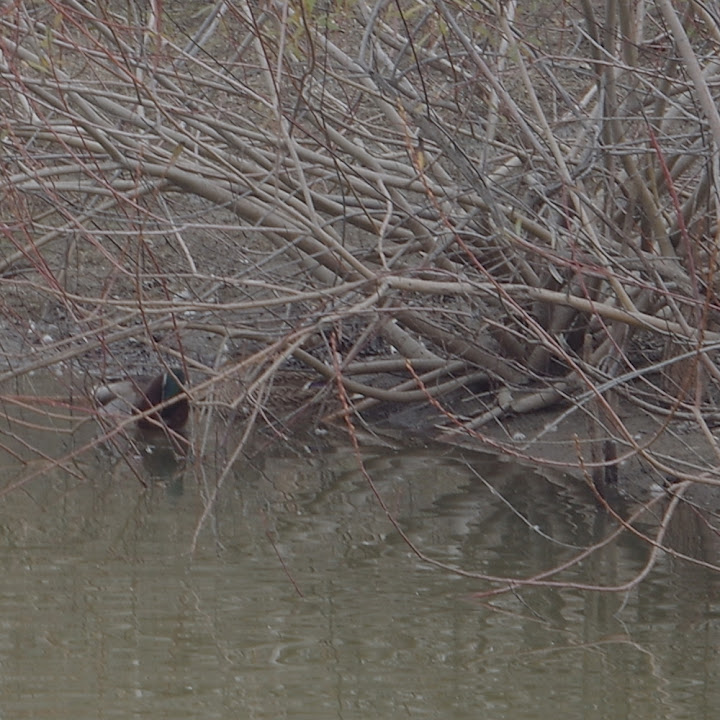
f11
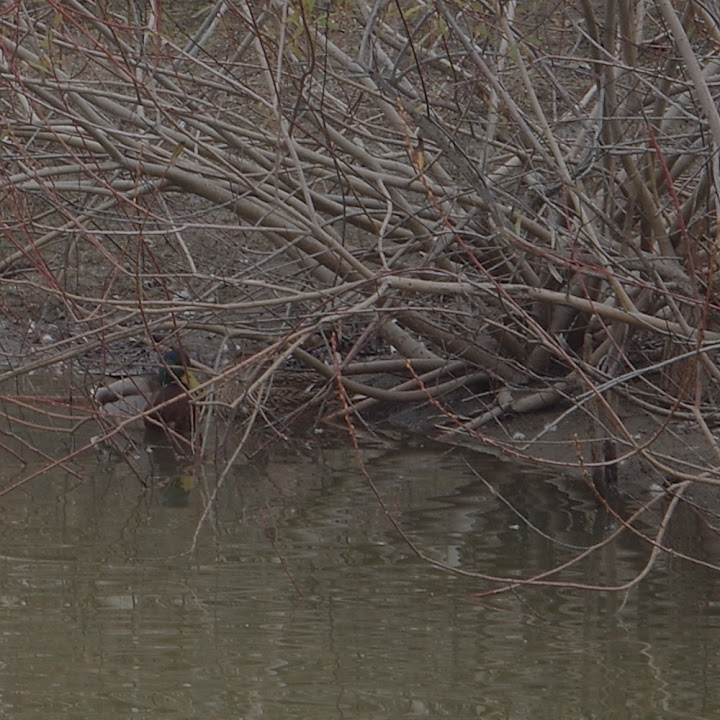
f16
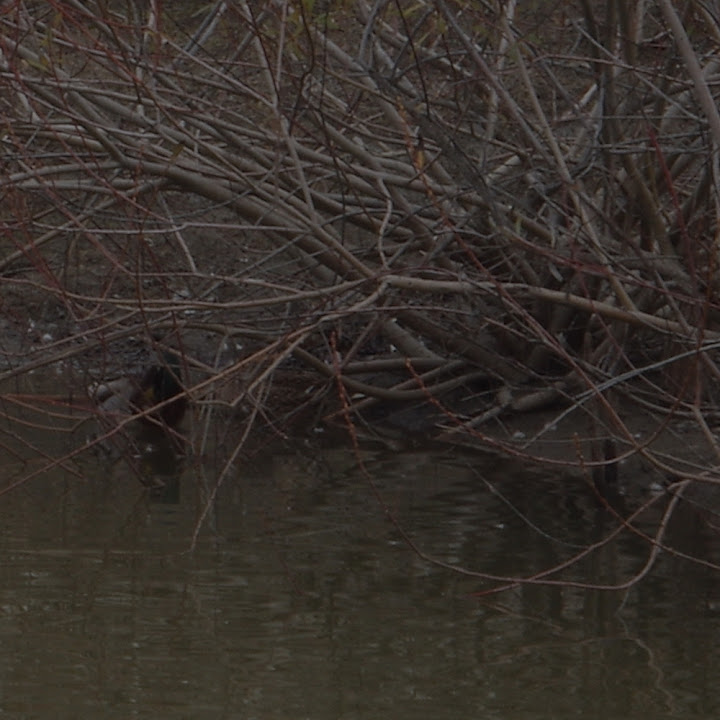
f22
So, bear in mind that these were taken on an APS-C sensor. On film, I imagine that this lens would be incredibly soft on the edges until f8 or maybe f11. As it is on APS-C, to obtain corner-to-corner sharpness, f11 and f16 are the only full stops that are viable options. f8 would be usable if corner sharpness is not crucial.
So, as a taking lens, it's not so hot. Surprisingly, I think it works wonderfully for video (assuming you can get the flare under control.) The softness isn't as much of an issue as video has fewer data lines. Also, the stepless aperture allows for creative fade in and out from darkness sequences. And the magnification remains fairly constant throughout the focal range until you get very close to the minimum focal distance, meaning that in video that subject's size won't change meaningfully if you transition them from in focus to out of focus.
| | | | | | | Moderator
Site Supporter Registered: June, 2008 Location: Florida Hill Country Posts: 17,377 | | Review Date: June 13, 2011 | Recommended
| Rating: 9 |
| Pros: | It works on my Asahiflex | | Cons: | m37 mount | |
This review is for film only. This is a good all around lens for film with the Asahiflex bodies. I especially like it with Porta 160nc and 400nc One of these days I will get an adapter and try this thing out on digital.
| | | | | Pentaxian Registered: November, 2006 Location: Jakarta Posts: 667
2 users found this helpful
| | Review Date: October 19, 2010 | Recommended | Price: $85.00
| Rating: 8 |
| Pros: | Old fashioned lens offering superb out of focus backrounds | | Cons: | Not so sharp wide open (but who cares) | |
A very compact lens dating back from the Asahiflex times. This is the only normal lens for a 35mm camera based on the famous "Heliar" optical formula (5 element/3 group).
Wide open the lens is too soft to be really usable, but it sharpens nicely when stopped down. I have found that it offers one of the nicest bokeh I have ever seen when used at F/4, with nice faded colors and more than enough sharpness.
On an APS-C crop camera, I use it as a portrait lens (ideal focal length) at F/4 and it delivers superb pictures with velvet smooth backgrounds and an exquisitely old fashioned appearance.
Cheers!
Abbazz
| | |






























































